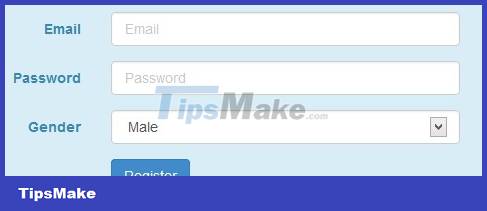Web9: XSS Exploits - Part 3: Dom Based XSS
We have mentioned about 2 types of XSS exploits, reflected and stored, they both have the common feature that dangerous pieces of code after being inserted will be executed after the server's response, which means that the error is on the side. server. There is another type of XSS exploit that goes against this feature, malicious code that is executed immediately upon client-side processing without going through the server, known as DOM Based XSS aka Type 0 XSS.
First of all we need to know what is DOM?
DOM stands for Document Object Model is a standard form of W3C (http://www.w3.org/DOM/) provided to access and manipulate data of structured documents such as HTML, XML. This model represents documents as a hierarchical tree structure. All elements in HTML, XML are considered as a node.
DOM Based XSS is a technique to exploit XSS based on changing the DOM structure of the document, specifically HTML.
Let's take a look at a specific example:
A website has the following URL to the registration page:
example.com/register.php?message=Please fill in the form
When we access it, we see a very normal Form:

It is easy to deduce the message parameter passed to the message body on the form, look closely at the source code of this message:

The JavaScript snippet is responsible for taking the value from the message parameter and printing it out. From this lax input checking, it is possible to trick users into accessing dangerous URLs.
Instead of casting:
message=Please fill in the form
then transmit:
message=GenderMaleFemale function show(){alert();} Then the registration form will become like this:

The user will have no doubts with a 'normal' form like this, and when selecting the gender, the Script will be executed:

I'll explain a bit more about the value passed to the message parameter:
GenderMaleFemale function show(){alert();} Its main purpose is to execute the show() function every time there is an onchage event on the select tag, the show() function here simply pops up a popup to show that the script has been executed. However, in practice, hackers will often use this show() function to execute a script that transfers the user cookie value to a predetermined server, readers can review the article Reflected XSS which mentions how hackers create How is this request?
This example gives us two important conclusions. First, the malicious code was executed as soon as the value in the select tag was clicked, ie executed on the client side without going through the server's response. Second, the HTML structure has been changed with the script passed in. And can also see the actual exploit scenario, DOM Based is somewhat similar to Reflected than Stored XSS when it has to trick users into accessing a URL that has embedded malicious code.
The following figure shows step-by-step implementation of the DOM Based XSS attack technique:

Good luck!
You should read it
- Protect yourself against IE security holes
- Exploding bank code
- Web6: SQL Injection - Some Exploit Tools
- Metasploit - Tool to exploit vulnerabilities
- Warning of phishing attacks based on fake Zoom meetings
- Millions of Android devices stick with security holes in firmware, hackers can exploit to lock users' machines
 Web8: XSS Exploits - Part 2: Stored XSS
Web8: XSS Exploits - Part 2: Stored XSS Web7: XSS Exploits – Part 1: Reflected XSS
Web7: XSS Exploits – Part 1: Reflected XSS Web5: SQL injection - Some techniques to bypass the filtering mechanism
Web5: SQL injection - Some techniques to bypass the filtering mechanism Web6: SQL Injection - Some Exploit Tools
Web6: SQL Injection - Some Exploit Tools Free VPN: Is There More?
Free VPN: Is There More? Pros and cons of passwordless authentication
Pros and cons of passwordless authentication